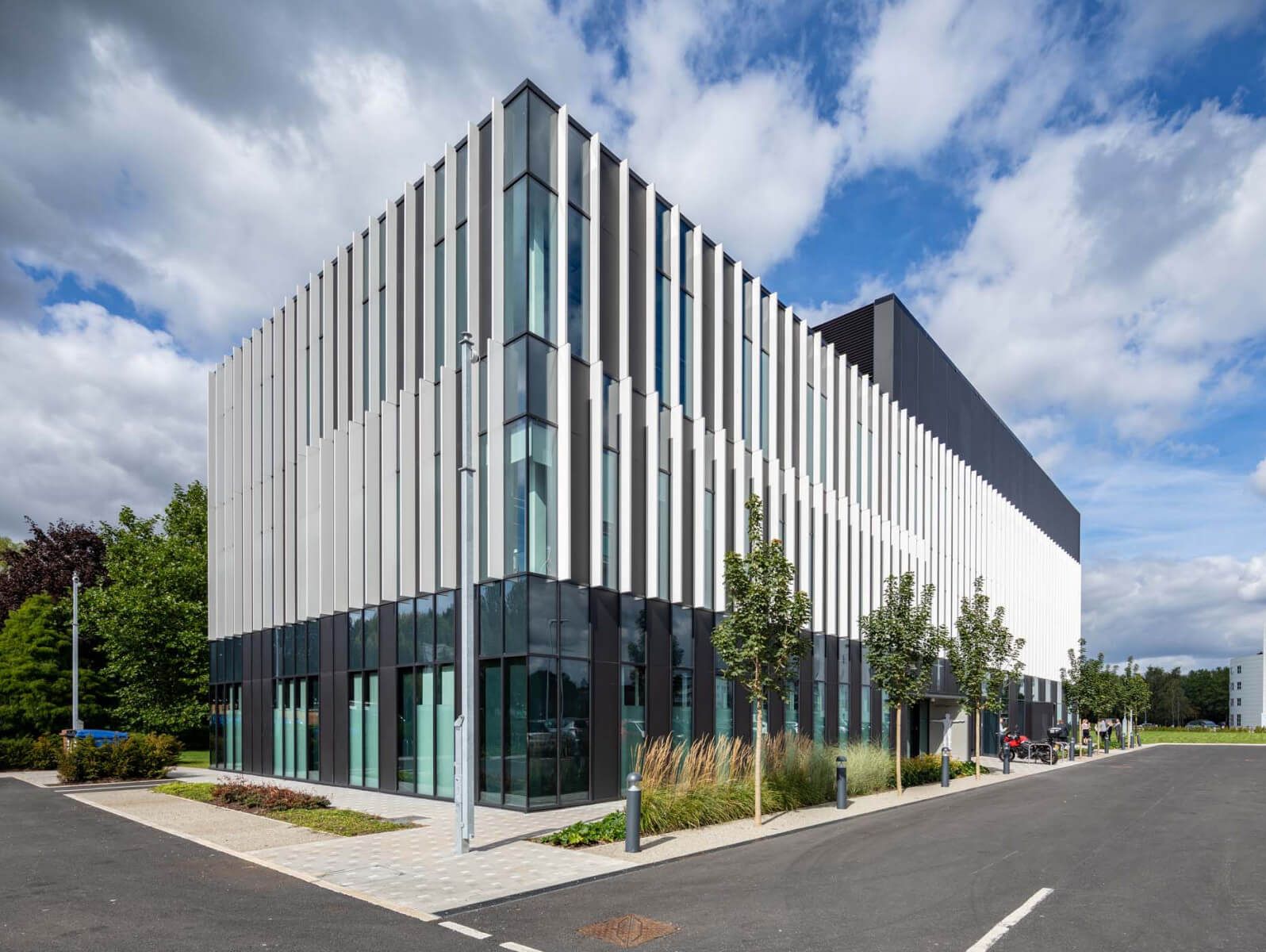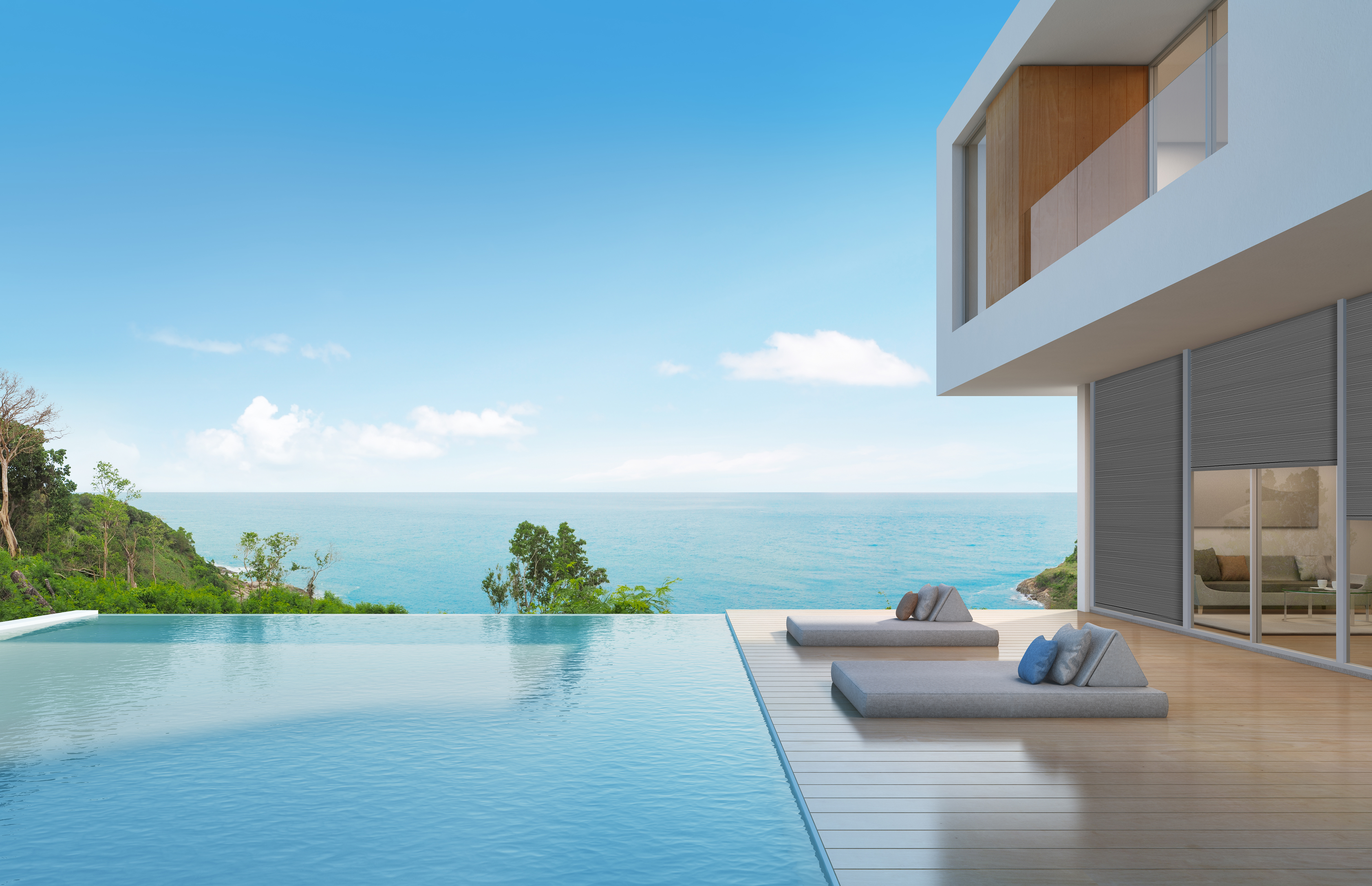5 ways to make a building more green
As many as 75% of buildings in the European Union are energy inefficient and only 1% of existing structures are renovated each year. For this reason, the EU has initiated a wave of renovations to make the existing buildings more green.
For many people, environmentally friendly buildings are associated primarily with the use of renewable energy sources and the increasing role of vegetated open spaces in contemporary architecture. In reality, is also applies to numerous other aspects. Thermal upgrading, passive energy gains, airtightness, resistance to variable weather phenomena, and the use of locally manufactured construction materials are key challenges in view of the climate crisis. The main aim of modern green buildings is to obtain climate neutrality by 2050.
1. Minimising energy consumption
Energy consumption should be as low as possible. At the same time, it must be used with respect for the environment and natural resources. Apart from the mere fact of using RES (renewable energy sources) in green buildings, great attention should be paid to their thermal insulation. This refers to the capability of the partitions, that is the walls, windows, doors, ceilings, roof, etc., to retain heat inside a building. The higher its value, the lower the energy required for heating, the lower the amount of pollutants going into the atmosphere and the lower the bills.
Walls, ceilings and the roof can obviously all be insulated. For doors and windows, it is necessary to use energy-efficient window and door systems, such as the MB-104 Passive by Aluprof. In addition to excellent thermal insulation, they also provide very good sound insulation, water- and air-tightness and high structural strength. Aluprof MB-104 windows and doors can fit perfectly into passive buildings. On the other hand, Aluprof SP and SP-E flush-mounted shutters are designed to ensure protection against heat leakage and the aesthetic finishing of the façade. Their properties are confirmed by the Passive House Institute in Darmstadt (PHI), which issued a certificate certifying their use in buildings with low energy demand.

Siemens Campus, Didsbury Technology Park, Hebburn, Great Britain. Systems used: MB-104 Passive, MB-SR50N
2. Protection of water resources
Water resources in buildings can be protected using innovative technologies and the proper education and habits of people using these buildings. The most important issue is to reduce the consumption of potable water for applications in which rainwater would do well. When we use rainwater, we reduce the consumption of mains water, lower bills, and reduce the load on the sewer network. To store rainwater, you can use barrels installed under the gutters, underground retention basins, or decorative ponds. Then, you can use the collected water for cleaning or watering.
Instead of concrete squares and water-loving lawns, it is a good idea to create wildflower meadows that improve the microclimate and protect against urban flash floods – during heavy rainfall, impermeable surfaces do not filter water; they direct it entirely to the sewer networks, which leads to their overload and causes groundwater flooding.
Another efficient way to protect water resources is to create green roofs on buildings and use grass pavers or trusses on car parks.
3. Responsible waste management and maximising its reuse
Responsible waste management is largely related to awareness and introducing the right habits into your life. Waste segregation and disposal into the correct bins is key to the waste management process, which is why it is worth ensuring the appropriate location of the bins so they are convenient to use.
If a building is to be refurbished, you should use green raw materials that are renewable or recyclable (such as wood, glass, and aluminium). For example, aluminium can be recycled many times without losing its properties or undergoing structural changes. Aluminium requires only 5% of the energy necessary to process the virgin metal. It is beneficial to obtain construction materials from local facilities to avoid damage to the environment resulting from their transportation. You can also use recovered materials, such as those from the demolition of existing buildings.
4. Care for the health and well-being of people staying in the building
A green building should be in harmony with both nature and humans. According to the guidelines of World Green Building Council, user-friendly buildings should provide:
- access to fresh air through efficient ventilation systems and avoiding toxic materials and chemicals;
- access to as much natural light and landscapes as possible, which reduces the demand for lighting and positively influences the mental well-being of people in the building;
- appropriate acoustic insulation, which plays a key role in concentration and body regeneration;
- proper temperature, adapted to the current needs of the building’s users.

Systems used: SP / SP-E
5. Care for building surroundings
A green building cannot be an artificial creation on a concreted square. It has to be surrounded by vegetation. Plants should not, however, affect the possibility of accumulating heat or the building’s lighting. An appropriate arrangement of plants around the building not only improves the microclimate but also has a positive impact on the biological and mental well-being of people staying in the building.
For more information about sustainable solutions for buildings, including designs submitted to the ‘Facility of the Year using the Aluprof System’ competition, visit the Future Builders website.
Let’s build a better future
Energy-efficient solutions implemented in architecture and buildings have a real impact on the natural environment. When you follow green trends, you have an impact on reducing energy consumption and the emission of harmful CO2, which is why the set objective – climate neutrality by 2050 – is becoming increasingly real.
